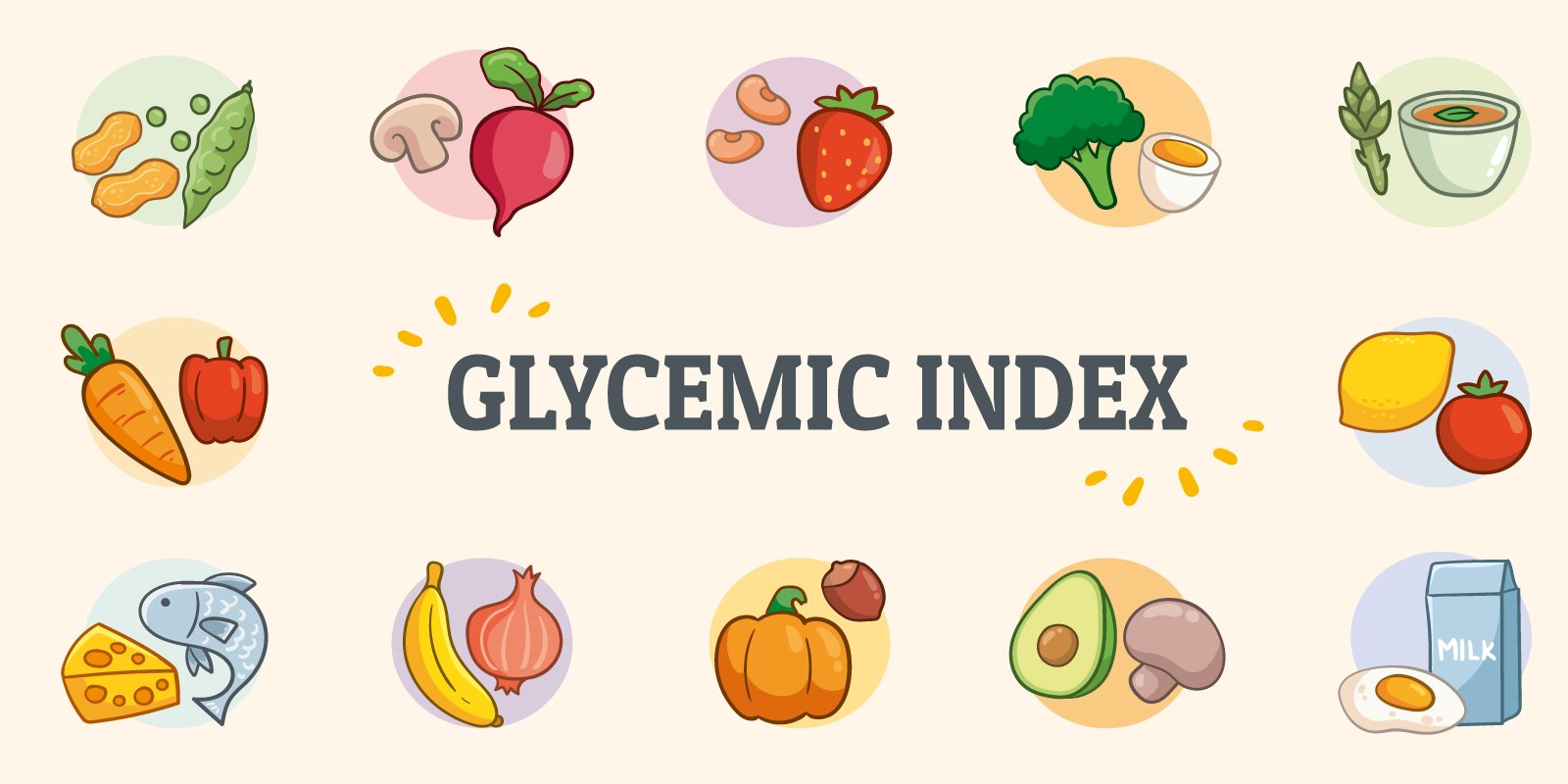Glycemic-Index Diet
Blood glucose is the amount of “sugar” (actually glucose) in the blood. When one is fasting blood sugar is approximately 1 g of glucose per liter of blood.But if you eat a carbohydrate, it turns into glucose during digestion, which results in an increase in blood sugar.
What is the value of the glycemic index (GI)?
IG indicates the potential of glycemic carbohydrate, and therefore its ability to induce insulin secretion report. We know that more insulin response is high, and the risk of weight gain is important.
How does low GI help?
A low GI diet assists you in reaching and maintaining your goal weight by helping you overcome hunger, lose weight and maintain your metabolic rate.
It’s all about balance and making the right choices.
- + Step 1: Swap high GI foods for low GI foods.Not sure which foods are high or low? Use our diabetes diet and look out for the most suitable diet for you.
- + Step 2: Eat at least one serving of a low GI carbohydrate food at each meal, and choose low GI snacks.
- + Step 3: Keep your eye on serving sizes. Eating too much food, even if it’s a healthy choice, isn’t good for you.
How does the Glycemic-Index Diet work?
foods ranked by the glycemic index are given scores:
- + High: 70 and up. Examples include instant white rice, brown rice, plain white bread, white skinless baked potato, boiled red potatoes with skin and watermelon.
- + Medium: 56 to 69. Examples include sweet corn, bananas, raw pineapple, raisins and certain types of ice cream.
- + Low: 55 and under. Examples include raw carrots, peanuts, raw apple, grapefruit, peas, skim milk, kidney beans and lentils.
a Glycemic index diet :
- + Focus on breakfast cereals based on oats, barley and bran
- + Choose breads with whole grains, stone-ground flour or sourdough.
- + Eat fewer potatoes.
- + Eat plenty of fruits and vegetables.
- + Avoid oversized portions of rice, pasta and noodles
